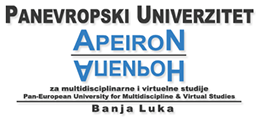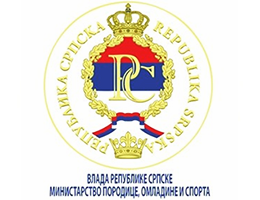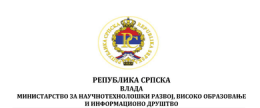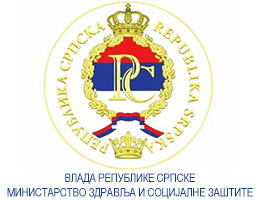Analysis of strength of particular muscle groups in children with postural disorders
Volume 5, Issue 1 (2015)
Volume 5, Issue 1 (2015)
Analysis of strength of particular muscle groups in children with postural disorders
Abstract:
The objective of this paper was to analyse the level of strenght of particular muscle groups in children aged 10-11 who have postural disorder. The research was conducted in Subotica, on a sample of 67 children from which 22 had kyphotic postural disorder, 18 with lordotic potural disorder and a total of 27 children with a disturbed longitudinal instep ie flat foot. A battery of standard motor tests was used for measuring the level of strength of particular muscle groups: static strength of the arms and shoulders, standing broad jump (cm) and Sit-ups in 60 s (freq). The results indicate that there are significant statistical differences in the manifestation of strenght within all three variables: kyphotic postural disorder, lordotic postural disorder and disturbed longitudinal instep ie flat foot.
Keywords:
postural status, strength, bad posture, muscles
Full Text:
References:
- Adar, B.Z. (2004). Risk Factors of Prolonged Sitting and Lack of Physical Activity in Relate to Postural Deformities, Muscles Tension and Backache Among Israeli Children. A clinical cross sectional research. Doctoral Thesis, Semmelweis University Budapest.
- Bala, G. (2006). Fizička aktivnost devojčica i dečaka predškolskog uzrasta (str. 67) (monografija). Novi Sad: Fakultet fizičke kulture.
- Bala, G., Stojanović, M. V., Stojanović, M. (2007). Merenje i definisanje motoričkih sposobnosti dece. Novi Sad: Fakultet sporta i fizičkog vaspitanja.
- Bogdanović, Z. (2005). Uticaj programiranog vežbanja korektivne gimnastike na posturalni status učenika osnovnih škola.Doktorska disertacija. Niš
- Demeši, Č. (2007). Antigravitaciona muskulatura kod posturalnog statusa dece uzrasta 7 i 13 godina. Magistarski rad. Novi Sad: Medicinski fakultet Novi Sad.
- Ishida, A. & Kuwajima, S.S. (2001). Desenvolvimento Postural Dos Membros inferiores na crianca. Exame fisico em Ortopedia. Editora Sarvier. 301-2088.
- Krsmanović, B. (1982). Korelaciona povezanost antropometrijskih imotoričkih varijabli učenika nižih razreda osnovne škole. Zbornik radova nastavnika i saradnika Fakulteta fizičke kulture Novi Sad (str. 61-72). Novi Sad: Fakultet fizičke kulture.
- Kratenova, J., Žejlicova, K., Maly, M. & Filipova, V. (2007). Prevalence and Risk Factors of Poor Posture in School Children in the Czech Republic. Journal of School Health, 77(3):131-137.
- Lafond, D., Descarreaux, M., Normand, M.C. & Harrison, D.E. (2007). Postural development in school children: a cross-sectional study. Chiropra Osteopat, 4:15-21.
- Milenković, S. (2000). Utvrđivanje razlika u posturalnom, antropometrijskom i motoričkom prostoru kod učenika III razreda na početku i na kraju školske godine. Physical Education and Sport, 1(7), 39-48.
- McEvoy, M.P. & Grimmer, K. (2005). Reliability of upright posture measurements in primary school children. BMC Musculoscelet Disord, 29:6-35.
- Nićin, Đ. (2008). Antropomotorika. Beograd: Fakultet za menadžment u sportu.
- Palastanga, N., Field, D. & Soames, R. (2000). Anatomia e Movimento Humano: Estrutura e Funcao. 3 ed. Sao Paolo: Editora Manole.
- Penha, P.J., Joao, S.M., Casarotto, R.A., Amino, C.J. & Penteado, D.C. (2005). Postural assessment of girls between 7 and 10 years of age. Clinics, 60 (1).
- Perić, D. (2011). Uvod u sportsku antropomotoriku. Beograd: DTA Beograd
- Sabo,E. ( 2008). Oblik nogu i držanja stopala dece predškolskog uzrasta u Novom Sadu. Novi Sad: Pedagoška stvarnost.
- Ulić, D. (1997). Osnove kineziterapije (str. 89). Novi Sad: Fakultet fizičke kulture.
- Viola, S., Andrassy, I. (1995). Spinal mobility and posture: changes during growth with postural defects, structural scoliosis and spinal osteochondrosis.European Spine Journal, 4 (1), 29-33.






